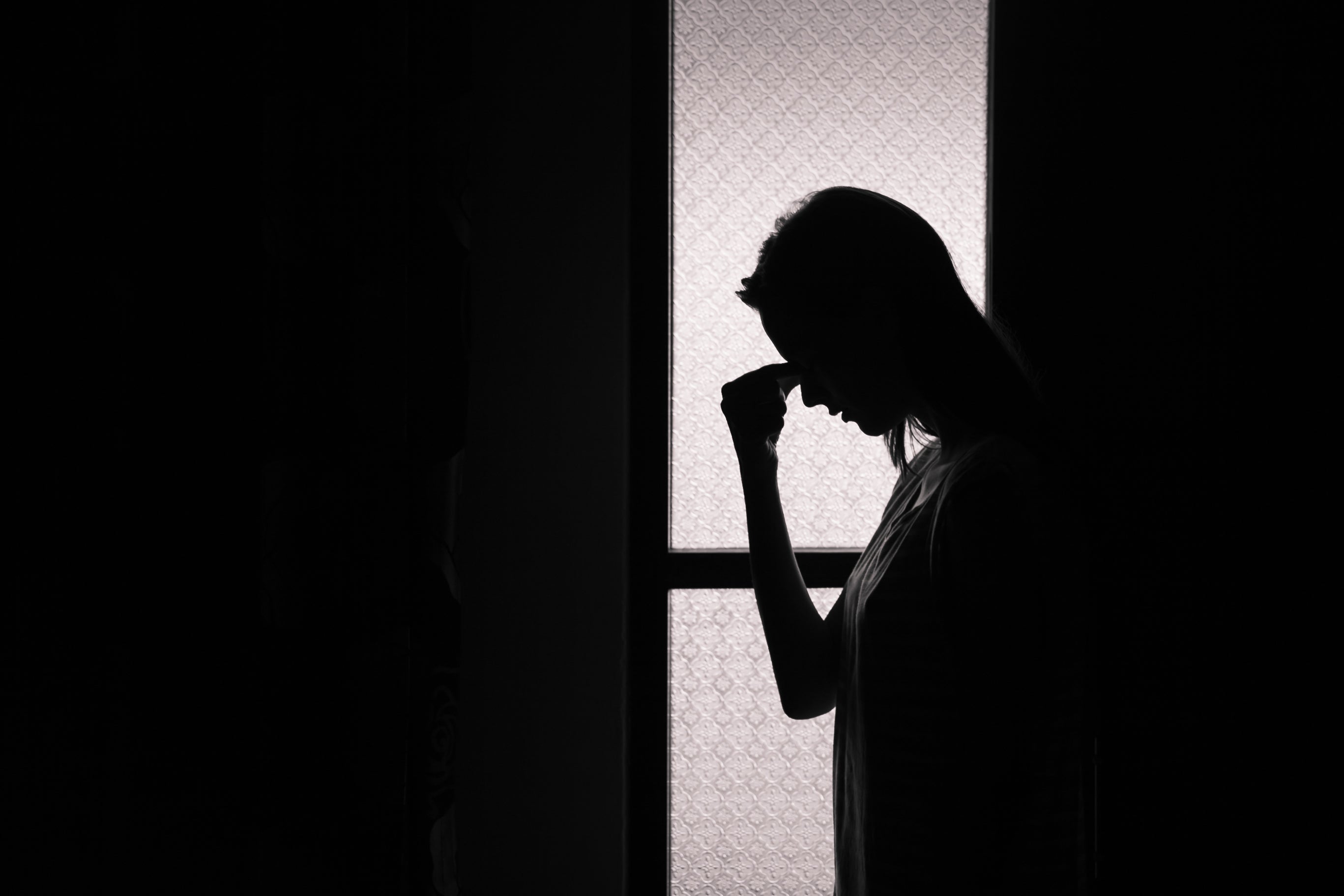The Independent's journalism is supported by our readers. When you purchase through links on our site, we may earn commission.
No wonder more young females are dying by suicide than since records began
Whilst we are rightly encouraged to believe that the causes of someone’s suicide are always individual, this can allow us to turn away from pressures that we know increase risk


Alarming new data from theOffice for National Statistics shows us that more females under 24 are dying by suicide than since records began. These figures reflect a perfect storm of toxicity for young females, fuelled by the pandemic and a culture that minimises female distress and help-seeking. When can we expect a targeted package of help for the problems behind female suicide, that we suicide survivors ask for repeatedly? The lack thereof reflects a complicated landscape.
We have long known that males are more likely to die by suicide, but females are more likely to feel suicidal and attempt suicide – the gender suicide paradox. Male suicide remains a grave concern, and it is vital we continue our support of extraordinary organisations such as CALM, which target the scripts around masculinity that leave males feeling hopeless and alone. We can and must, though, hold space to continue this work whilst considering the plight of suicidal females.
What is going on to make so many young women end their lives? The answer lies in a heady mix of dangerous tropes about females and worsening material conditions. S***-life syndrome and lack of safety weigh the scales of emptiness, agitation, and despair against us, especially if they are repeated and life-long.
While we are rightly encouraged to believe that the causes of someone’s suicide are always individual, this can allow us to turn away from pressures that we know increase risk, especially if they touch on our collective responsibility for one another.
Social media, for example, is a much more acceptable scapegoat for worsening female distress than poverty and chronic untreated mental illness and abuse. Yes, females’ tendency to use social media in a slightly more image-centric way certainly seems to cause distress, especially if we consider algorithms which throw at us more of the same, even if it’s destructive.
However, emphasising this can de-politicise the work we need to do: from levelling up opportunity to reducing the extraordinarily high rates of interpersonal violence that young women face in relationships. We know these problems are becoming more common, and more severe. While we do nothing about them, we cannot reasonably say we are fighting suicide.
There is missing data here, data we must gather. We don’t collect nearly enough information on suicide in ethinic minorities, for example, neglecting evidence from grassroots organisations that suicide doesn’t necessarily look the same for all of us. As data and funding are inextricably linked in today’s market economy, money isn’t reaching many people in need.
Nor do coroners adequately consider how apparent female suicide can mask femicide – the dynamic where an abuser tells a victim so repeatedly to kill themselves, and that they are nothing without them, that they do it.
This missing data reinforces an invisible template of suicide in the media as a white, male problem: a simplification which probably screws all of us. White men, for example, seem to be especially vulnerable to something called the Werther effect – the tendency for suicide to be contagious.
Thickening our idea of what suicide looks like is in all our interests, then. To do this, we have to tackle one of the most dangerous tropes out there – the idea that young women are attention-seekers effectively crying wolf.
Mental health services should be the one place we can guarantee our expression of pain is taken seriously. The one place where clinicians know their research well enough to remember that previous attempts at suicide, and self-injury, are a key risk factor to later suicide. The insight and the empathy and care it should provoke are sometimes blocked, though, by a misogynistic diagnosis that can enable harmful minimisation.
To keep up to speed with all the latest opinions and comment, sign up to our free weekly Voices Dispatches newsletter by clicking here
This diagnosis is called borderline personality disorder and is most commonly given to young women who self-injure and are a bit “all over the place” emotionally. As survivors of this diagnosis have continuously told us, not only does it lack scientific teeth, but it enables treatment that repeats precisely the tactics of abuse and neglect so often behind breakdown in the first place.
Worse, this diagnosis is being given to younger and younger people, at a time where self-injury is on the rise in young women, and is behind a number of deaths where female autism has been missed because of diagnostic overshadowing.
It is not only clinicians who need to be led by the grassroots, survivor-led organisations showing us what care should and can look like. We all need to check our assumption that female pain is less serious somehow and join together to ensure distress is always taken seriously.
We can reverse the tide of worsening female mental health together, but to do this we need to integrate female suicide into the picture.
Jay Watts is a clinical psychologist, psychotherapist and senior lecturer working in London
Jay would like to emphasise there are many of us who thought life was unbearable, sometimes for many years, and are very glad to be living now. We have strength in numbers. If you have been affected by this article, you can contact the following organisations for support: Harmless – info@harmless.org.uk; Self-injury Support (for women and girls); Mind; Beat Eating Disorders; NHS website; Mental Health.

Join our commenting forum
Join thought-provoking conversations, follow other Independent readers and see their replies